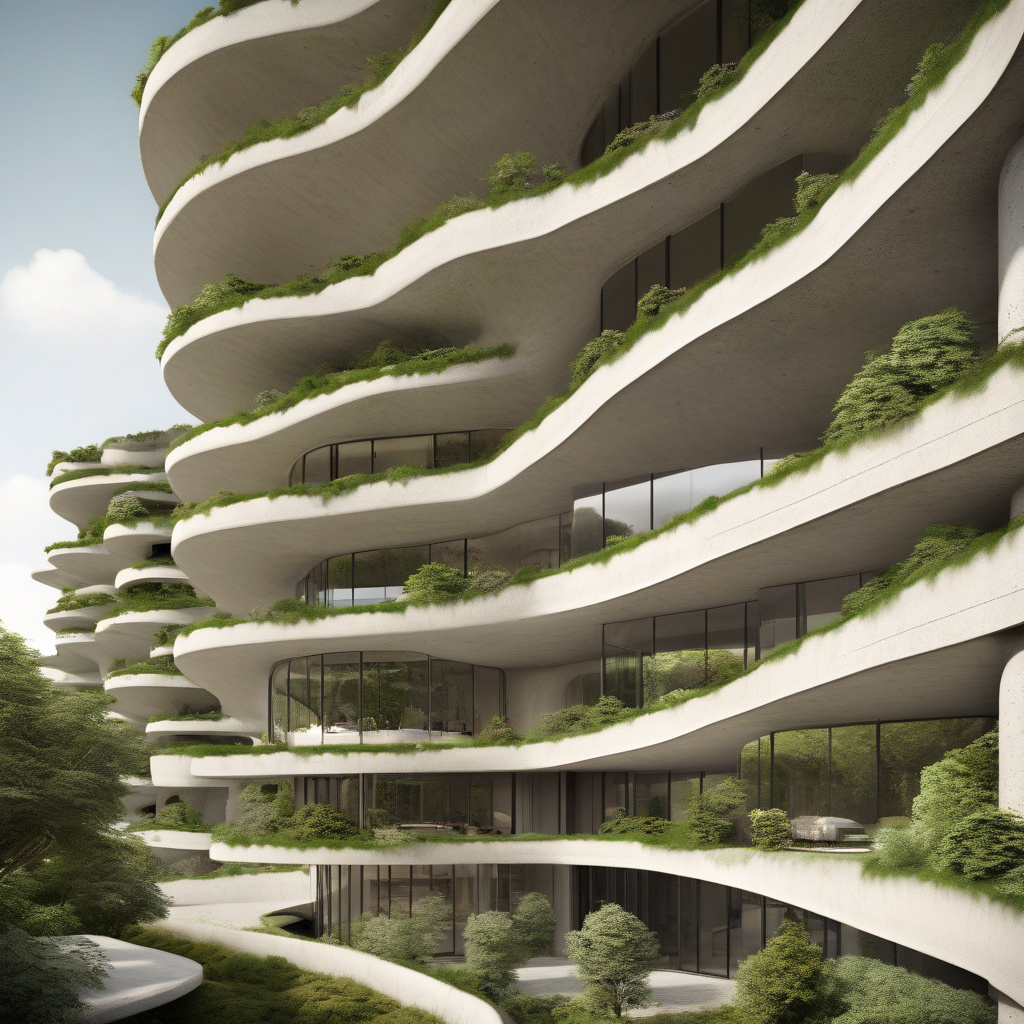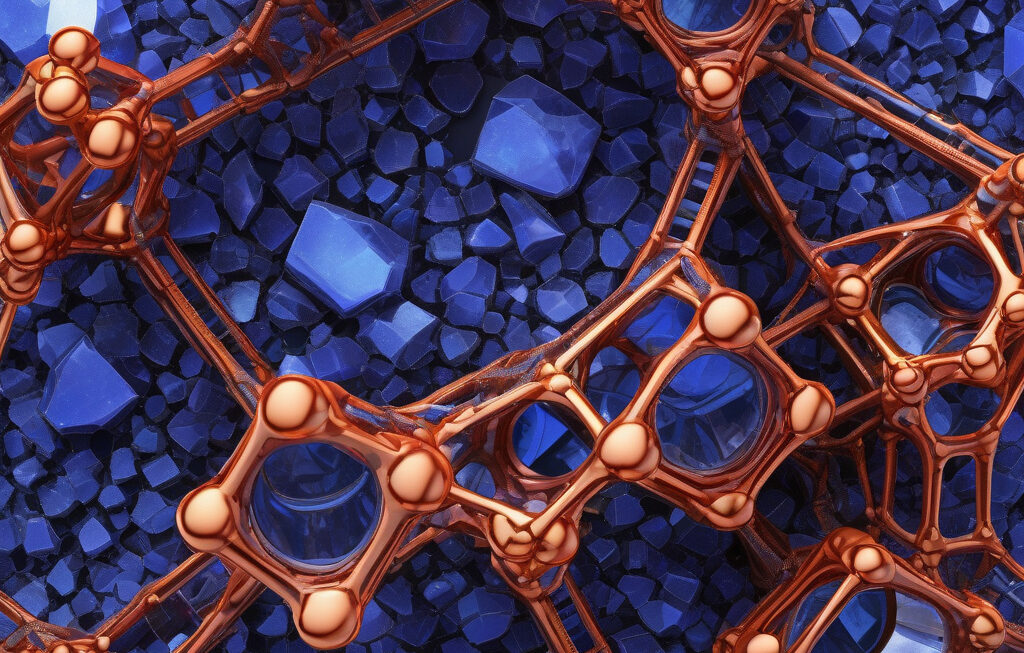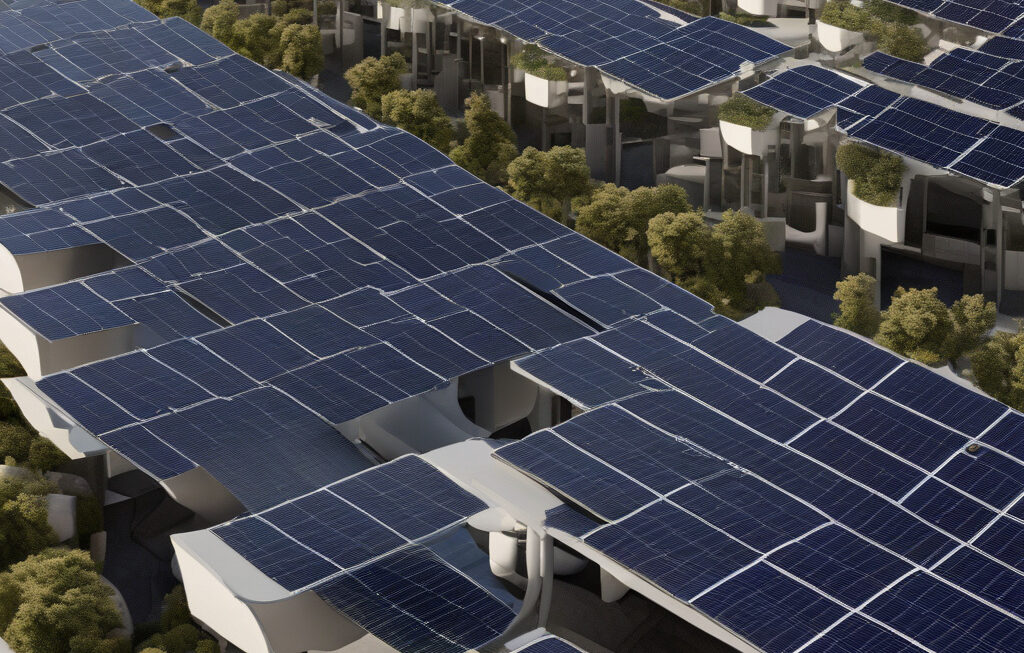World’s First Living Cement: Revolutionizing Energy Storage in Buildings
Aarhus University researchers have shown that cement can do more than hold up walls. By infusing it with bacteria that produce calcite crystals, they have created a groundbreaking material known as “living cement.” This innovative product not only strengthens structures but also has the remarkable ability to store electricity and power buildings from within.
The concept of living cement involves embedding sand and gelatin capsules filled with bacteria within the concrete mixture. When cracks form in the cement, air and moisture seep in, activating the bacteria. As a result, the bacteria feed on the gelatin and produce limestone, effectively healing the cracks and enhancing the durability of the cement.
What sets this living cement apart is its capacity to go beyond structural support. The calcite-producing bacteria generate an electric charge as a byproduct of their metabolic processes. This electrical energy can be harnessed and utilized to power various systems within a building, offering a sustainable and eco-friendly alternative to traditional energy sources.
Imagine a future where skyscrapers, bridges, and homes are not only solid and secure but also capable of generating and storing electricity. This transformative technology has the potential to revolutionize the construction industry, paving the way for more energy-efficient and self-sustaining buildings.
The applications of living cement are diverse and far-reaching. In addition to providing structural stability and energy storage, this innovative material could be used in disaster-resistant infrastructure, reducing maintenance costs, and decreasing the environmental impact of construction projects.
Furthermore, the potential impact of living cement extends to urban planning and smart city development. By integrating this technology into building materials, cities can become more energy independent and resilient, leading to a more sustainable and livable future for inhabitants.
While the concept of living cement is still in the experimental stages, the initial results are promising. Researchers are continuing to refine the production process and explore new ways to optimize the material’s performance.
As we look towards a future where sustainability and innovation are paramount, living cement stands out as a remarkable example of how nature-inspired solutions can address the challenges of modern construction. With its dual functionality of structural support and energy storage, this revolutionary material has the potential to redefine the way we build and power our cities.
In conclusion, the world’s first living cement represents a significant step forward in sustainable construction practices. By harnessing the power of bacteria to not only strengthen buildings but also store electricity, researchers are pioneering a new era of eco-friendly infrastructure. As this technology continues to evolve, we can expect to see a shift towards more resilient, energy-efficient, and environmentally conscious urban landscapes.
living cement, sustainable construction, energy storage, innovative materials, eco-friendly buildings












